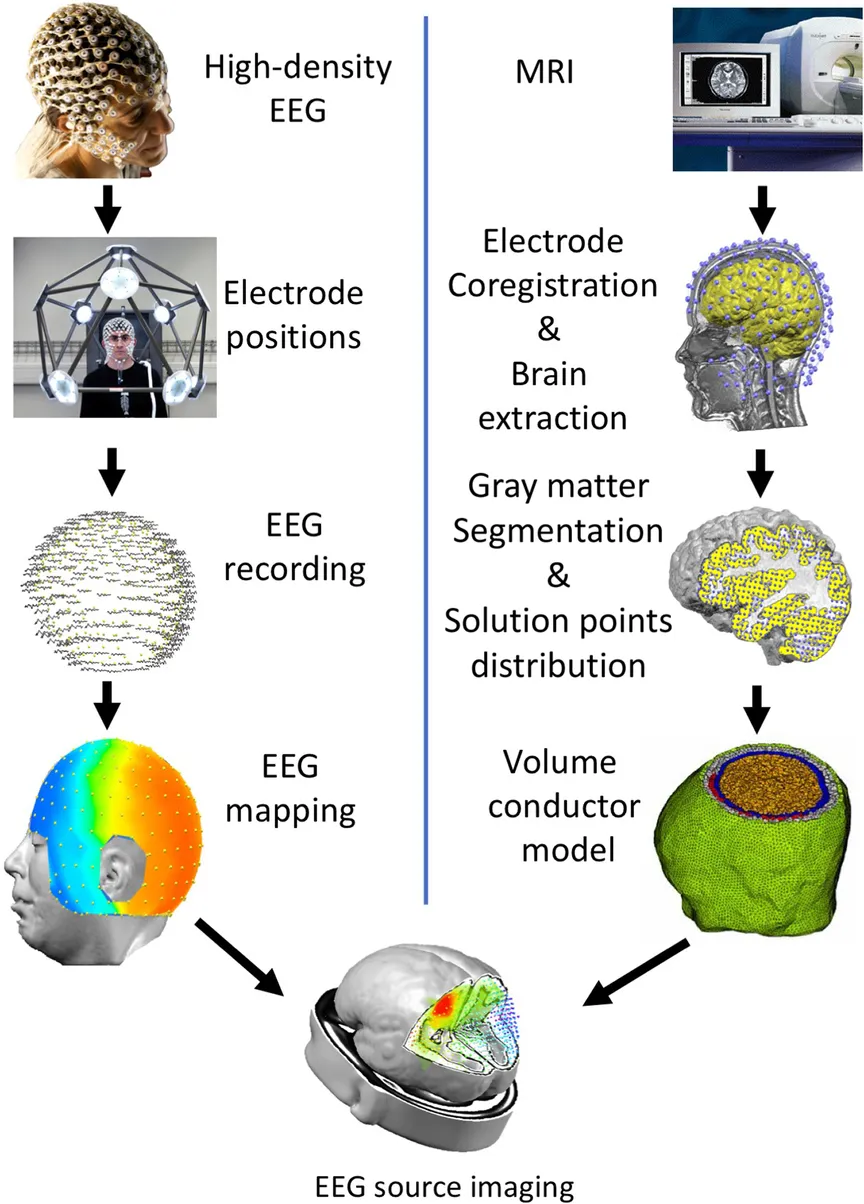
- 622 pages
- English
- ePUB (mobile friendly)
- Available on iOS & Android
About this book
Clinical Neurophysiology: Basis and Technical Aspects, the latest release in the Handbook of Clinical Neurology series, is organized into sections on basic physiological concepts, on the function and limitations of modern instrumentation, and on other fundamental or methodologic aspects related to the recording of various bioelectric signals from the nervous system for clinical or investigative purposes. There is discussion of the EEG, nerve conduction studies, needle electromyography, intra-operative clinical neurophysiology, sleep physiology and studies, the autonomic nervous system, various sensory evoked potentials, and cognitive neurophysiology.- Provides an up-to-date review on the practice of neurophysiological techniques in the assessment of neurological disease- Explores the electrophysiological techniques used to better understand neurological function and dysfunction, first in the area of consciousness and epilepsy, then in the areas of the peripheral nervous system and sleep- Focuses on new techniques, including electrocorticography, functional mapping, stereo EEG, motor evoked potentials, magnetoencephalography, laser evoked potentials, and transcranial magnetic stimulation
Frequently asked questions
- Essential is ideal for learners and professionals who enjoy exploring a wide range of subjects. Access the Essential Library with 800,000+ trusted titles and best-sellers across business, personal growth, and the humanities. Includes unlimited reading time and Standard Read Aloud voice.
- Complete: Perfect for advanced learners and researchers needing full, unrestricted access. Unlock 1.4M+ books across hundreds of subjects, including academic and specialized titles. The Complete Plan also includes advanced features like Premium Read Aloud and Research Assistant.
Please note we cannot support devices running on iOS 13 and Android 7 or earlier. Learn more about using the app.
Information
EEG source localization
2 Center for Biomedical Imaging (CIBM) Lausanne-Geneva, Geneva, Switzerland
3 Department of Biomedical Engineering, Carnegie Mellon University, Pittsburgh, PA, United States
* Correspondence to: Professor Christoph M. Michel, Ph.D., Functional Brain Mapping Laboratory, Department of Basic Neurosciences, Campus Biotech 9, chemin des Mines, Geneva 1202, Switzerland. Tel: + 41-22-379-54-57 email address: [email protected]
Abstract
Keywords
Introduction

The EEG Forward Problem
Table of contents
- Cover image
- Title page
- Table of Contents
- Copyright
- Handbook of Clinical Neurology 3rd Series
- Foreword
- Preface
- Contributors
- Section I: Basic physiological and recording concepts
- Section II: EEG: Technologic aspects and basic rhythms
- Section III: Nerve conduction studies, methods and techniques
- Section IV: Needle electromyography, methods and techniques
- Section V: Intraoperative clinical neurophysiology, MEP, SSEP
- Section VI: Sleep physiology and studies
- Section VII: Autonomic nervous system: Basic and technical aspects
- Section VIII: Auditory, visual and somatosensory evoked potentials
- Section IX: Cognitive neurophysiology
- Index